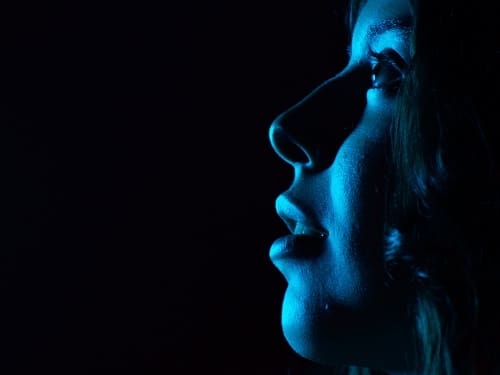Blue Light Thinking Wrong Suggests Research

New research results from the University of Manchester suggest that the popularly accepted wisdom that the sharp blue light emitted by our smartphones and laptops is harmful to our health and disruptive to our sleep may be wrong.
Blue Light
The current thinking, which has led to device makers adding filters to our devices (e.g. Night Shift in the iPhone 11 and even the Windows 10 Night Mode) that show warmer colours at night is based on the idea that too much exposure to artificial blue light emitted by our devices at night is bad for us. For example, as highlighted by Samsung (on its Australian website), too much blue light displayed on the screen of a device has been thought to suppress the production of sleep-inducing hormone ‘melatonin’, hence the need to filter out the blue and replace it with warmer colours. Samsung also suggests that its filter could “reduce digital eye strain”.
Mixed Messages
The new results presented by the University of Manchester researchers show that not only is this belief about blue light (and the need for warmer light filters at night) likely to be mistaken but also that using warmer light filters may be sending our bodies mixed messages.
Why?
The new research, which was carried out using mice, has revealed that blue colours associated with twilight have a weaker effect than white or yellow light of equivalent brightness. The research results appear to show that, in fact, our eyes naturally associate warmer, brighter colours with daytime, and dimmer and cooler colours (blue and darker) with the night as our body clock synchronises with the environment. These cool colours are signals to the brain that it’s twilight and, therefore, time to start getting ready for sleep.
Meaning?
This means that rather than suppressing sleep-inducing hormone ‘melatonin’, the emission of blue light (in dimmed conditions) may actually be more restful than yellow light, and that showing ‘warmer’ colours (via a filter) rather than blue light could be sending the wrong message to the brain. If this is so, it may be the warmer colours of the filter that are more likely to suppress the production of melatonin rather than the blue light glow from our devices.
What Does This Mean For Your Business?
For device-makers who have developed filters based on the opposite of theses findings, these research results may be unexpected, embarrassing, and highlight an area where costs have been incurred unnecessarily. That said, the view that blue light needed to be filtered at night was widely supported by many credible, expert sources and these filters were developed by device makers with the customer’s wellbeing (and a marketing/value-adding brand benefit) in mind, based on what appeared to be correct information at the time. Also, these new results were based upon one study involving mice, not humans, and that more research is likely to be needed before this new opposite idea about blue light can be widely accepted as the new truth.
Sponsored
Ready to find out more?
Drop us a line today for a free quote!
